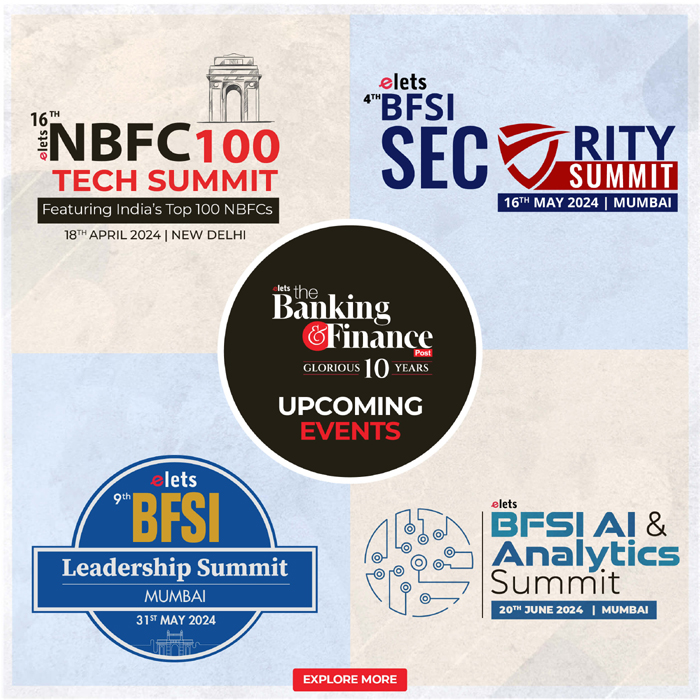As we will now have to prepare ourselves for migration from Web 2.0 to Web 3.0, it’s important to understand the tools and technologies that will play a central role in building a Web 3.0 ecosystem. Although this area is still evolving and will take some more time to come to a mature state, a few technologies have already paved their way into the Web3 world and have been embraced by the Web3 developer communities. Those technologies are Blockchain, some 3D design & modeling tools & platforms, AR/VR and a few other JavaScript & CSS-related packages, and of course AI & Machine Learning. Let’s discuss them one by one in a bit more detail.
One of the core philosophies driving Web3 is decentralisation, unlike Web2 which works in a centralised fashion. To achieve decentralisation and make it a reality, we need the help of different technologies, tools, and packages.
It is also important to understand the differences between Web 3.0 and Metaverse, the technology trend that would shape the internet of the future. According to some experts, Metaverse is the real implementation of Web3. I have a different opinion – It’s true that Web 3.0 and related technologies can be seen as the building blocks of the Metaverse, but Metaverse is not the ultimate face of Web3.
Web3 applications are going to be versatile and Metaverse is just one such implementation. I feel we have not yet seen Web3 in its actual shape and form, and time will only tell what shape & form web3 implementation is going to take. More broadly, the term Metaverse is used to refer to all online spaces that seek to create engaging environments that manifest a new open virtual world; while Web 3.0 technologies focus on making the web decentralised, smarter, and more accessible. Whatever may be the case but it’s going to be very interesting in the future.
Coming to technologies behind Web3 – although 3D design along with AR/VR is central when it comes to building an immersive environment in the Web3 and gaming platforms like Unity or Unreal are essential for making the environment interactive, the role of technologies like AI and Blockchain cannot be undermined. While 3D gaming platforms will provide the 3D experience, AI can make it intelligent and provide personalised experience while navigating through the environment. Blockchain can make transactions decentralised and can bring transparency and security into the entire ecosystem.
Let’s first try to understand what Blockchain means in the context of virtual worlds and Web3. Blockchain is an integral part of the web3 & metaverse, as the technology allows users and enterprises to protect their digital assets in a virtual environment.
Blockchain allows the metaverse to fully emerge in the digital space, where users can gain greater autonomy and trust within a shared virtual landscape. Blockchain can provide the necessary features required in the metaverse and in a Web3 ecosystem, such as interoperability, security, ownership, and decentralisation. Blockchain can even provide interoperability between different spaces in the metaverse. It can provide the backbone of the metaverse with compatible NFT (Non-Fungible Token) resources that can be used for transactions. The bottom line is that in order to support and implement a fully transactional metaverse, blockchain and its smart contracts will have to play a significant role in its implementation.
Blockchain offers digital proof of ownership of assets in the metaverse. The predominant use cases for Blockchain as NFTs are essential for value transfer and digital asset trading in the world of the metaverse. For example, blockchain technology is needed to regulate many areas of the decentralised Metaverse, such as digital asset collections (NFTs), digital proof of ownership, immutable records of data, exchange of value through cryptocurrencies, and interoperability.
AI will provide critical support to the metaverse by making it easier for people to access digital environments and assisting in content creation and interaction between humans and virtual worlds. AI will also be used to scan and process the massive amounts of data generated every second by user activity in the Metaverse in real time. AI will also help recreate true touch in virtual reality and could use AI in voice navigation, so users can interact with virtual objects without using hand controllers.
In fact, AI & ML has many use cases – AI for content analysis, speech processing, computer vision, hyper-personalisation just to name a few. Since Metaverse & Web3 will allow people all over the world to interact, AI will allow users to freely connect using AI for language processing. In an ideal world, linguistic AI would capture the nuance and empathy needed to accurately represent humans, making the virtual world a place where people and technology thrive together. There is no doubt that artificial intelligence will play a huge role in the virtual world, especially when we communicate with others through Avatars.
Views expressed by – Utpal Chakraborty, Chief Digital Officer, Allied Digital Services Ltd, AI & Quantum Scientist.
Elets The Banking and Finance Post Magazine has carved out a niche for itself in the crowded market with exclusive & unique content. Get in-depth insights on trend-setting innovations & transformation in the BFSI sector. Best offers for Print + Digital issues! Subscribe here➔ www.eletsonline.com/subscription/




















